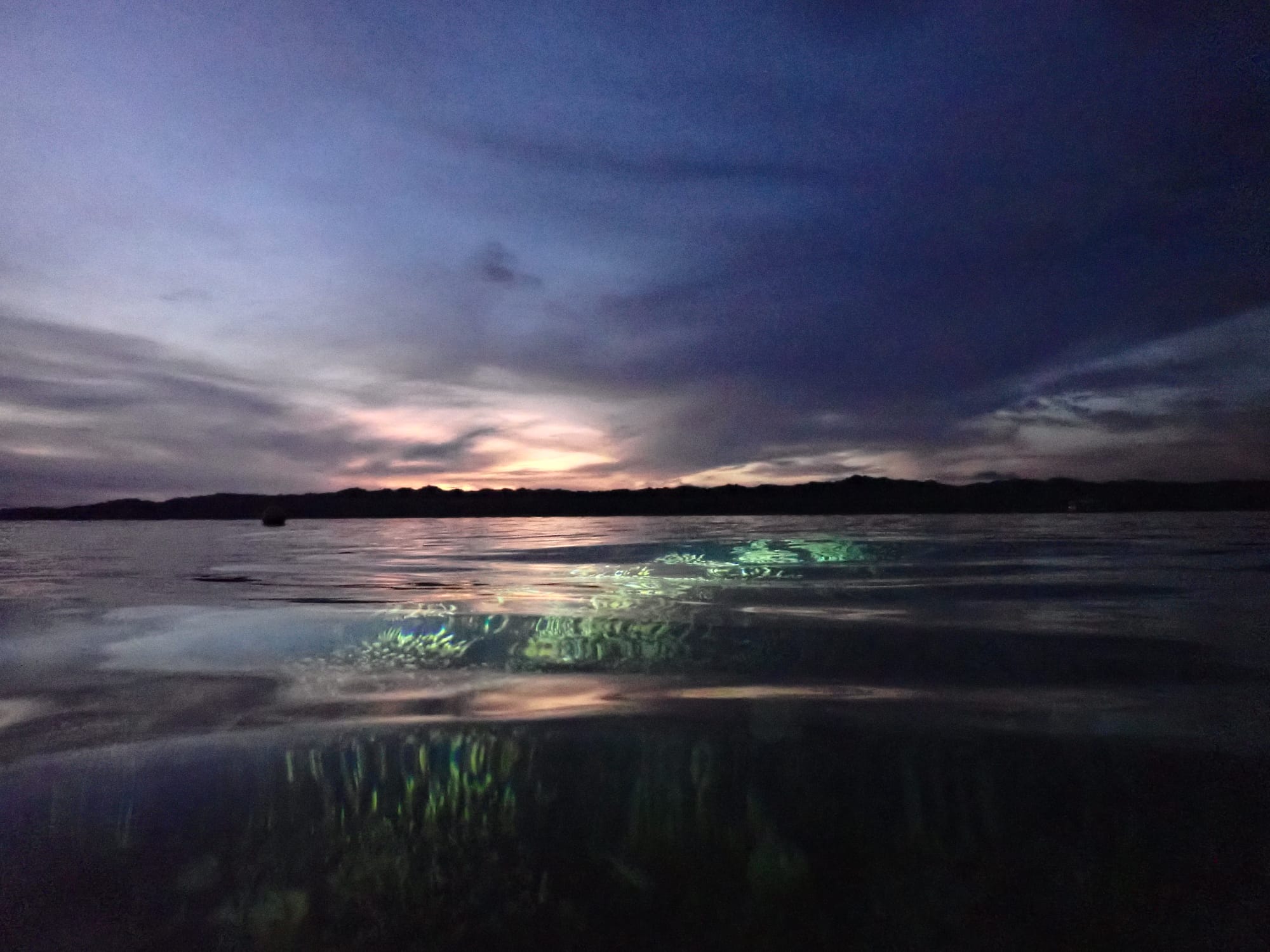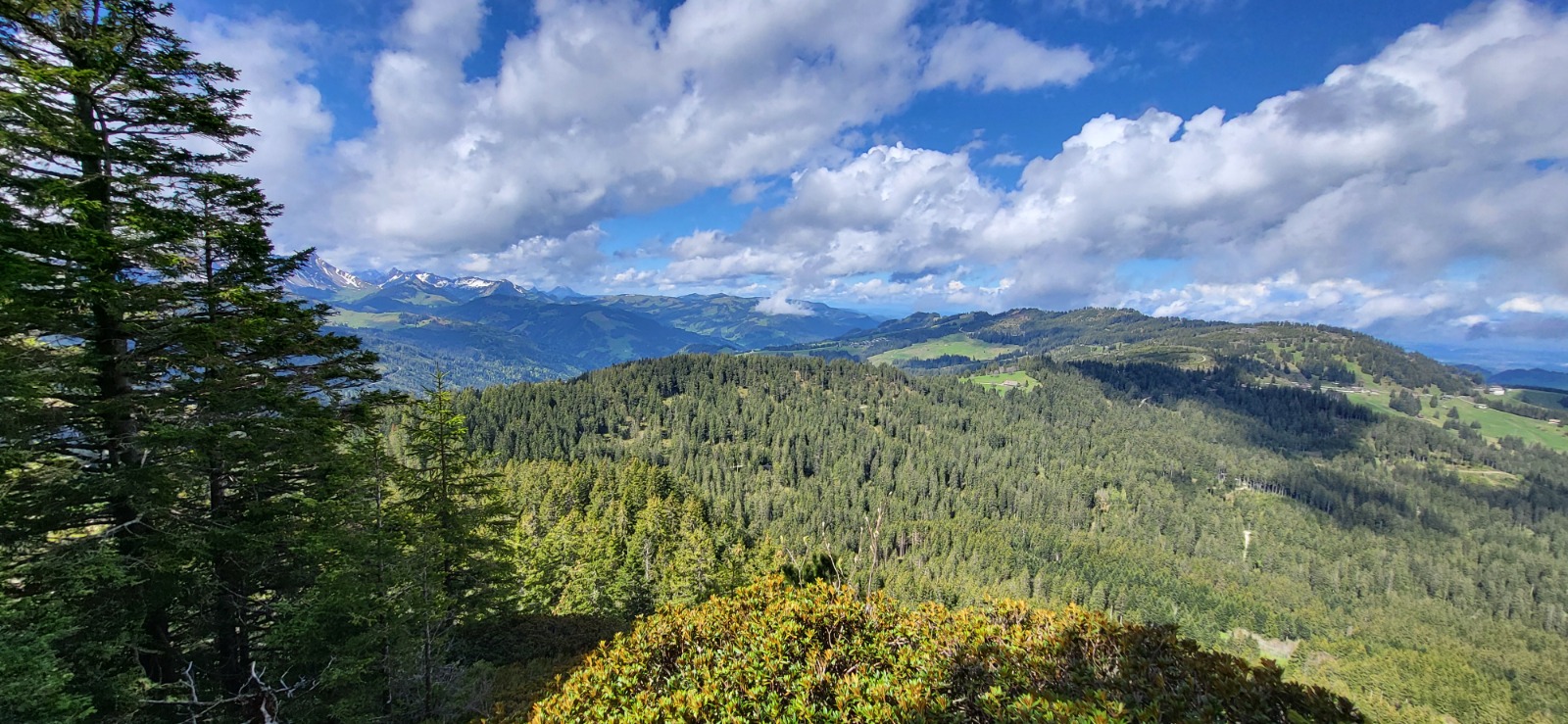I feel sad. I am frustrated. Yet, I still have hope. Let me give you some context:
At forty meters below the surface, the world is hushed and heavy. The sunlight fades to a dull blue. Down here, among drifting shadows and ancient rock, life clings to the margins with quiet resilience. It is a world few have seen. Yet even here, in the deep and dark corners of our ocean, the reach of human hands is felt.
We are, without doubt, the most powerful species to ever walk the Earth. With that power has come comfort, convenience, and unimaginable speed. But it has also come at a cost. For centuries, the ocean has borne the weight of our ambition. Now, it is beginning to show signs of collapse.
This is the story of how we got here, from the bottom of the sea to the surface of our daily lives. And of a question we must all now ask - how far are we willing to go for our comfort?
The Bottom: Mining the Unknown
There are places in the ocean where no light penetrates, where pressure would crush the unprotected human body in an instant. In these depths, hydrothermal vents and abyssal plains host creatures unlike anything found on land. Ghostly fish with bioluminescent lures, forests of sponges, and fields of manganese nodules that have taken millions of years to form.
It is precisely here that industry now casts its eye.Deep-sea mining, once the stuff of science fiction, is now very real. This is a topic people are interested in, but seemingly mostly for investment purpose rather than for the potential impacts. Companies and governments argue it is necessary to extract metals like cobalt, nickel, and rare earth elements. These are essential, they say, for the batteries that will drive our electric cars and power our phones. But the machines designed to scrape the seafloor do not discriminate. They tear through life, habitat, and geological heritage alike.
In 1989, scientists in the Peru Basin conducted the "DISCOL" experiment, simulating deep-sea mining by ploughing a section of the abyssal seafloor. They returned 26 years later to assess what had recovered. The answer was troubling. Suspension feeders such as sponges and corals were still severely reduced. Faunal diversity remained lower, and the community structure was fundamentally altered. Even areas only lightly affected by sediment redeposition showed long-term ecological change.
If we mine these depths, we will destroy life that we have not yet named, and break ecological processes that we do not yet understand.
And we are moving too fast.
Have We Learned Nothing?
This is not the first time we have raced ahead without understanding the consequences.
In the 1970s, we used chlorofluorocarbons (CFCs) freely until we discovered they were tearing a hole in the ozone layer. We burned fossil fuels for over a century without accounting for the carbon dioxide they released. Now the climate teeters on a knife's edge. We created synthetic compounds like PFAS - prized for their resistance to water and oil - and now they linger in our rivers, soils, and bodies. We call them "forever chemicals" because that is precisely what they are: Made to last forever. Can we have tests to assess the long-terme impact of a "forever" compound?
We have a pattern of mistaking innovation for wisdom, and speed for progress.
Deep-sea mining is not simply a ecological risk, it is a moral one. Are we to repeat the same mistake? The ocean represent close to 80% of our Earth, and yet - according to Statista - we spent around ten times more money for space exploration than we do for ocean exploration in 2023 alone. Is it normal to risk destroying the still vastly unknown source of all life on Earth for a phone we will throw away in less than five years?
The Middle: An Ocean in Motion
Above the seafloor lies the twilight zone, where strange fish rise and fall with the day. This region, known as the mesopelagic, is teeming with life - more than all the fisheries on the surface combined. And these creatures do more than simply survive. They are part of a planetary system that moves carbon from the atmosphere into the deep ocean, locking it away for centuries.
A study - published in Frontiers in Marine Science - has cast a spotlight upon these unassuming fish, revealing their important influence on two critical processes: the marine food web and the biological pump – the mechanism by which the ocean captures and stores carbon. These fish, by feeding near the surface at night and diving into the deep by day, drive the carbon downwards, helping sequester it far beneath the waves.
Using complex models that simulate life from the smallest plankton to the mightiest marine mammals, researchers studied what might happen if humanity were to continue harvesting these fish for use in aquaculture and industry. The results were alarming.
Harvesting mesopelagic fish, even at modest levels, reduced carbon export - the transfer of carbon from the atmosphere to the ocean. As these fish declined, other species filled the gaps: small epipelagic fish flourished, grazing down phytoplankton. This weakened the base of the food chain and reduced the ocean's capacity to move carbon into its depths. With increased fishing, phytoplankton shrank by 37%, and carbon export dropped by 14%, disrupting a delicate balance that has endured for millennia.
The mesopelagic fauna is what keeps the balance of our climate. Without it, the balance may tip even faster.
The Reefs and Coasts: The Cradles Are Cracking
In warmer, shallower waters, coral reefs once dazzled like underwater rainforests. Today, they bleach and die at unprecedented rates. Ocean warming and acidification, caused by rising carbon dioxide levels, strip corals of the algae they depend on. Without them, the entire ecosystem collapses. Heck, even mining is trying to finds its way there: The mesmerizing region - that I briefly described in my previous article (MPAs) - known as Raja Ampat is also facing the sea mining threats, here for nickel. As explained by Conservation.org, even mobile species such as mantas could be severely impacted.
Coastal zones suffer too. Plastic pollution, agricultural runoff, oil spills, mining - all take their toll. Mangroves and seagrasses, vital nurseries for marine life, are cleared or degraded. And yet, these ecosystems protect us from storms, provide food, and store carbon.
In destroying them, we undermine our own resilience.
The Surface: A Mirror Cracked
The ocean surface reflects our way of life. It carries our cargo, receives our waste, and increasingly, absorbs the heat and chaos of a changing climate.
The surface is where most people encounter the ocean - on beaches, on boats, through screens. But what we see is only a fraction of what is at stake.
Sharks are disappearing. Whale migrations are disrupted. Phytoplankton - the tiny organisms that produce half the planet's oxygen - are declining.
The ocean isn't just suffering from our excess, it mirrors the chaos we pour into it.
What Must Be Done
We need a different kind of speed not economic, but ethical. Not industrial, but sustainable.
We must halt deep-sea mining before it begins. Protect at least thirty percent of the ocean in marine reserves (MPAs). Transition to sustainable fishing. Radically reduce plastic production and fossil fuel use.
More importantly - in my opinion - we must slow down to let science catch up, to listen to ecosystems that do not shout, and to remember that life on Earth is not a human achievement, but a shared inheritance.
The Breaking Point
In my opinion - and the opinion of most experts I could read - We are close to it.
The ocean cannot absorb our mistakes forever. It is vast, yes - but not infinite. Its systems are delicate, interconnected, and under pressure.
And so we return to the question: how far will we go for our comfort?
If comfort means destruction, perhaps it is time to choose something else. Perhaps it is time to value restraint, reverence, and responsibility.
I feel sad. I am frustrated. Because the ocean can exist without us. But life cannot exist without the ocean.
Sources
- Deep-sea mining - people's interest
- DISCOL experiment
- Chlorofluorocarbons (CFCs)
- PFAS explained
- Statista
- Origin of life on Earth
- Frontiers in Marine Science - Mesopelagic fish drive the biological pump
- Conservation.org - Study: Mining could disrupt manta superhighway
- Fisher Scientific - Sharks disappearing: The fight for survival
- ResearchGate - The impacts of global warming on the migration routes of whales and the changes in their distribution
- Nature - Phytoplankton decline in the world's oceans

